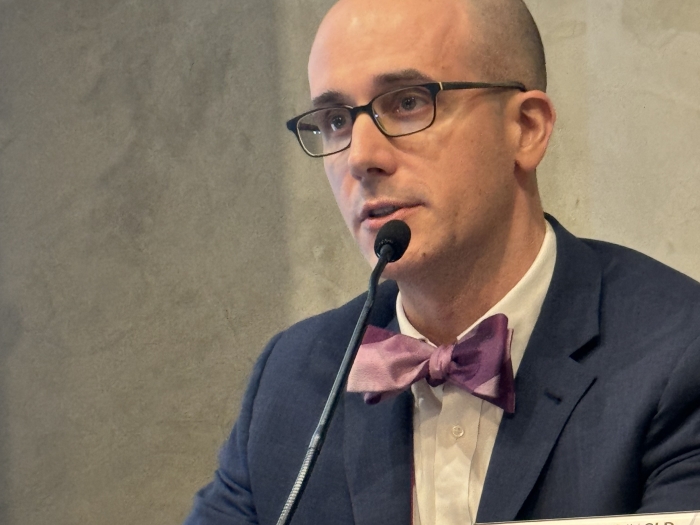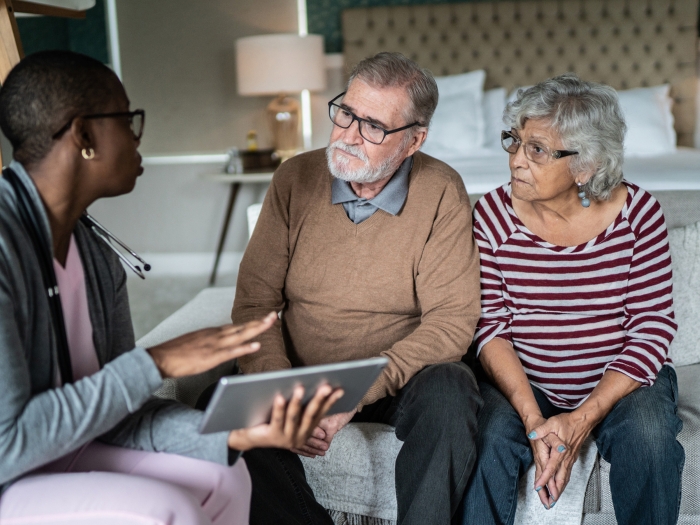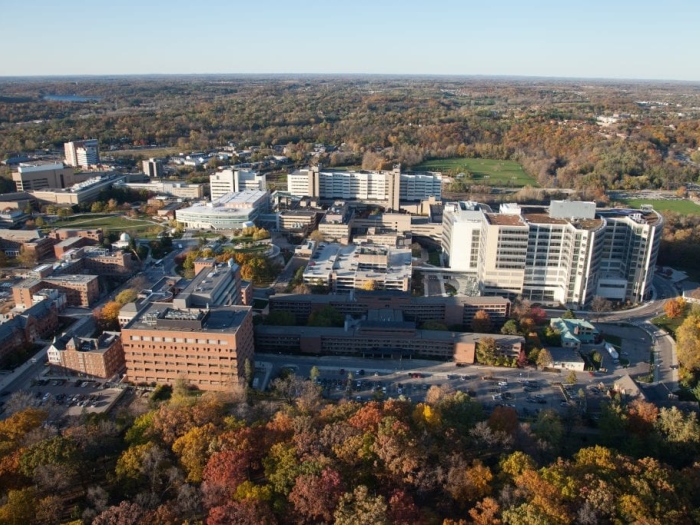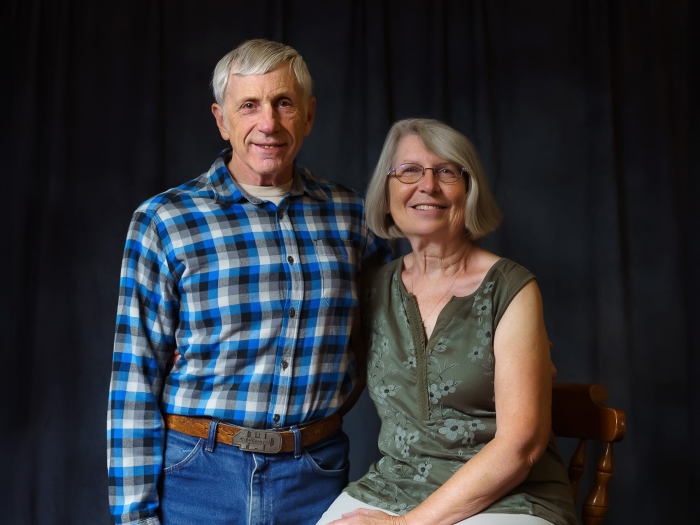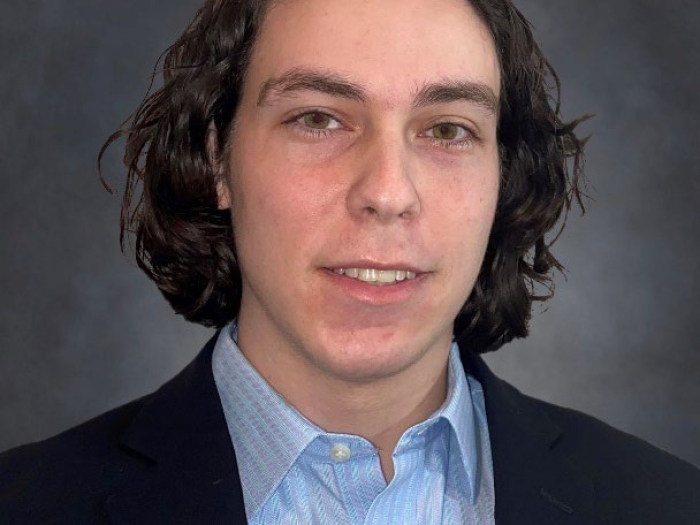1:50 PM
On Saturday, March 28, a group of developers, engineers, analysts, medical students, and surgeons met virtually over coffee to develop a new initiative: the COVID Staffing Project. The goal was to develop a suite of staffing projection and allocation tools that would help Vanderbilt University Medical Center (VUMC) – central Tennessee's largest hospital system – prepare for an imminent surge of COVID patients.
The project leads - two academic surgeons, one at VUMC and one at Michigan Medicine - laid out the project aims and the technologic and implementation gaps that needed to be addressed. The project team spent the weekend working from couches and home offices, switching between all-team conference calls and smaller group huddles. Unique perspectives from the Center for Surgical Training and Research (C-STAR), the Department of Learning Health Sciences, the Center for Healthcare Engineering and Patient Safety and the Procedural Learning and Safety Collaborative quickly converged into an initial project plan with 250 person-hours of total work logged by Sunday evening.
By Monday, a Covid Staffing Project website had been launched, with three initial tools and many more in development. As of today, nine tools are available, along with user guides, instructional videos, educational modules, and provider care resources – all at no cost. Hundreds of health care professionals have visited the website and joined informational webinars. Connections have formed with residency program directors; clinicians at large teaching hospitals in the southeast and midwest; rural nursing home networks; an ambulance fleet in Alberta, Canada; and an epidemiologist constructing state-level patient projections in India.
In retrospect, no one knew exactly what would develop from that Saturday morning. The inherent uncertainties of typical research projects and health endeavors – publication, transferability, impact doubts – were all doubled as the team put their pre-COVID research projects and coursework on hold, in order to tackle an acute health care systems problem.
As medical students and junior researchers, we have collaborated on several previous projects with C-STAR and other research groups. We understand the typical flow of academic medical research. Define your question, explore the literature to determine the "gap" you endeavor to fill, design your analysis or intervention carefully, and follow a prescriptive format to write up your results. We are used to working closely with our research mentors, on a predetermined timeline and with a clear sense of our roles. The COVID Staffing Project flipped this structure on its head. The pandemic created an urgent need for our tools – yesterday. We had no precedent or guide, and each of us needed to map the project goals to our individual skills in determining the value we could add.
Ultimately, each of us determined our roles. Erkin, whose background is in engineering, took point on designing the architecture of the modules and a plan for them to flow into each other synergistically. His mental model became our project roadmap. Ken, who is proficient in several coding languages, built the COVID-19 Response Planner, an application to help hospital administrators allocate staff to different phases of COVID responses, based on patient demands. Alex jumped in to articulate the initial mission and vision of the COVID Staffing Project, collaborated in building the first and second versions of the website, and drove early external communications to disseminate our tools. Alex also worked with Erkin in designing the Daily PPE Calculator, which can estimate a given hospital or other health system's 24-hour Personal Protective Equipment (PPE) needs. Each of our contributions to this project combined our previous skill sets and medical knowledge with new responsibilities, not unlike our previous experiences as clinical students.
We are thrilled to have taken part in the COVID Staffing Project's development and growth. The impact that an enthusiastic, thoughtful and skilled team of researchers can have on an immediate public health problem is something we will take with us through the remainder of our medical careers.
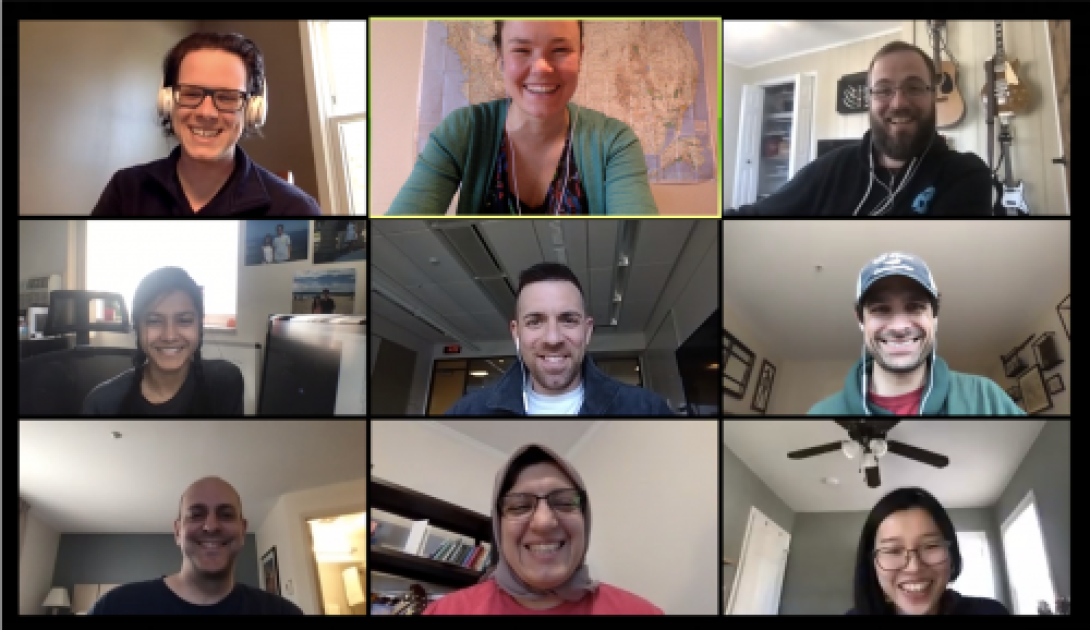
University of Michigan Medical School
Want top health & research news weekly? Sign up for Health Lab’s newsletters today!

